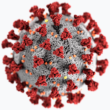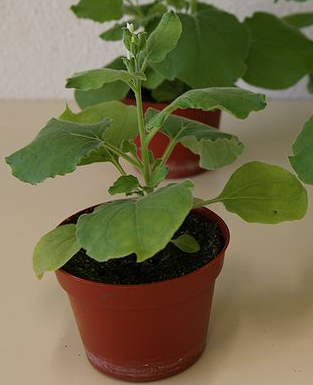I was very excited to see a box of AstraZeneca vaccines being walked in the front door of a local GP clinic a month or so ago. At last, a return to normality, I thought.
Not so fast. In their astonishingly inept fashion, the Coalition government has thrown spanners in the works and the roll-out is a mess, with what seems like daily attempts to rephrase what has been said in order to dodge responsibility for cock-ups.
Former Health Department secretary Stephen Duckett criticised the government as politely as he could in Monday’s Canberra Times,
[Duckett] blasted the federal government’s COVID-19 vaccine rollout,
calling it an “expensive shambles” & “train wreck” shrouded in
secrecy about the use of contractors & consultants.
By now, most Vintage Reds will have been able to get at least their first shot of AstraZeneca.
Here is a little GUIDE to VACCINES, while we wait for the next reword and wind-back of the government’s commitment to our health.
It’s important to keep in mind these things:
- the benefit of these vaccines is to prevent people from getting a serious case of COVID.
- vaccinated people are less likely to transmit the virus.
- the side effects of any vaccine may be unpleasant enough to think about taking a panadol before you get your shot, prophylactically. And take a couple of days off if you can.
- a flu shot is also a good idea, but talk to your doctor about spacing it with the vaccine.
- and last, keep an eye on developments with new vaccines and news about the old ones. The state of what we know is constantly changing.
So, what are all these vaccines?

AstraZeneca is cheap, and doesn’t degrade under normal frig conditions for many months. It’s a “carrier vaccine”, made from a modified adenovirus (similar to the common cold). It contains the Covid-19 spike protein, and the immune system fights back. Two doses are given, two to three months apart. Effectiveness is reported to be in the 75% to 85% range. It’s managing better with some variants than others. Not so well against the South African one, apparently.
The reported side-effect of blood clots, usually within a fortnight of getting the shot, is today reported by our own health department website to be 4 to 6 cases in a million. The Sydney Morning Herald three weeks ago corrected this:
Analysis from the European Medicines Agency puts the incidence of clotting following the AstraZeneca vaccine at around 20 cases per million for people in their 20s to 40s. The rate halves to about 10 cases per million for those in their 50s & 60s, & halves again to about 5 cases per million for those aged 70 & above.
It’s the immune system that creates the blood clot problem; older people typically have a weaker system and thus one less likely to fight back.
Of course, if you don’t get the vaccine based on your fears about the risks, your risk of dying from a case of covid-19 is much higher than this risk.
So far, most of the vaccines in use are managing to deal with the Indian variant of Covid-19.

Moderna is the one we’ve just finally bought 25 million doses of, as reported today. It’s a “messenger RNA (mRNA)” vaccine, like Pfizer’s. It delivers a piece of genetic code from the Covid-19 virus to allow cells to make copies of its spike proteins, which then penetrate cells, and we get an immune response. Two doses, four weeks apart.
Moderna is fine under normal refrigeration. It’s slightly less effective than Pfizer’s, especially in older people. Both mRNA vaccines have an unnerving (for me, since I carry an Epipen) risk of triggering anaphylaxis in the half-hour after vaccination, so you’d have to sit around and hope nothing happens.

Pfizer’s is an mRNA vaccine, with the same problems associated with Moderna’s. It has had to be stored at extremely low temperatures, hard to maintain in many places. They’re working on that. Pfizer has a very high effectiveness rate, up in the 90% range. Two shots, three weeks apart.

Johnson & Johnson, the baby powder people (don’t use it: it’s not good for you), have a “carrier” vaccine. It has the same kind of clotting risk as AstraZeneca, works quite well with only a single shot, and has fairly good efficiency, 72% overall… but they’re working on a second shot to lift that number.

Novavax is a “protein adjuvant” vaccine, still in trials. It too contains the coronavirus spike protein, but only as a nanoparticle, unable to cause disease.
There are several more types of vaccine in development, including one that features our own Nicotiana benthamiana, an Australian native tobacco. It works using “Virus-like particles”, molecules that look like the virus but don’t contain genetic material. The tobacco plant is fed these particles to take in as it grows. Then you just remove the proteins from the leaves. A wonderful and mysterious process, and for once, a healthy use of tobacco.
Thanks to: https://www.yalemedicine.org/news/covid-19-vaccine-comparison; Centers for Disease Control & Prevention, Public Health Image Library; https://commons.wikimedia.org; and Janice F and Jude D in Vintage Reds for comments.


